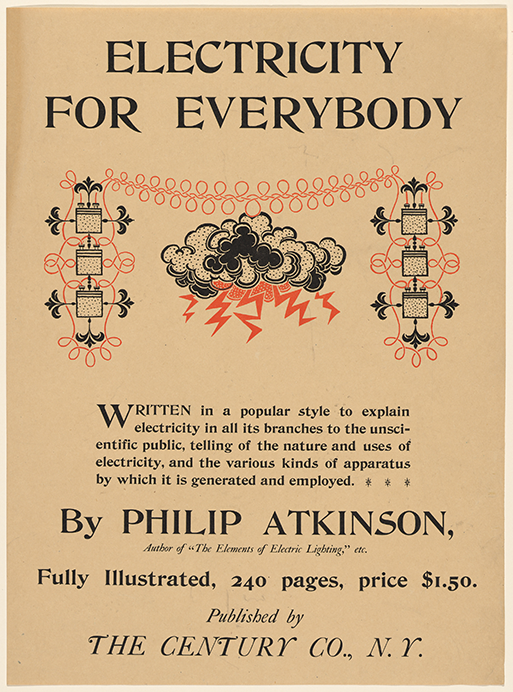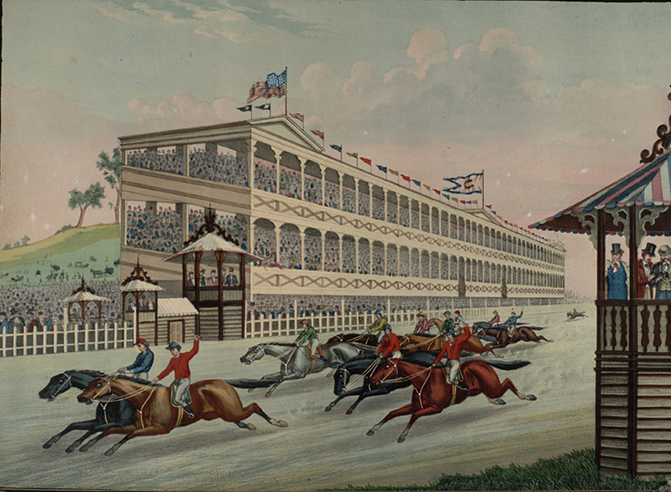Earlier this month, Arduino announced a new Arduino Uno Q board as part of its acquisition by Qualcomm. Is this new board open source? It is kind of hard to say, which is exactly why the OSHWA Open Source Hardware Certification exists.
Read More...The Most Popular Open Source Hardware Licenses (2016-2025)
What are the most popular open source hardware licenses? How has that popularity changed over time? Is there anything to be learned from the ups and downs of various licenses?
Read More...Locked Down Etextbooks Are Also Bad in Italy
The Italian Competition and Market Authority is currently investigating behavior in Italy’s textbook industry. I recently filed a brief comment flagging issues that might be worth exploring in the etextbook space.
Read More...Music Competition Without Copyright
What does competition in the world of music look like without copyright? We may be on the cusp of finding out.
Read More...Which CERN Open Hardware License Should I Use?
Trying to decide which open hardware license to use? Not super interested in actually reading the text of licenses? You have come to the right place. There are a bunch of caveats at the bottom of this post, but let’s get to the heart of things.
Read More...




